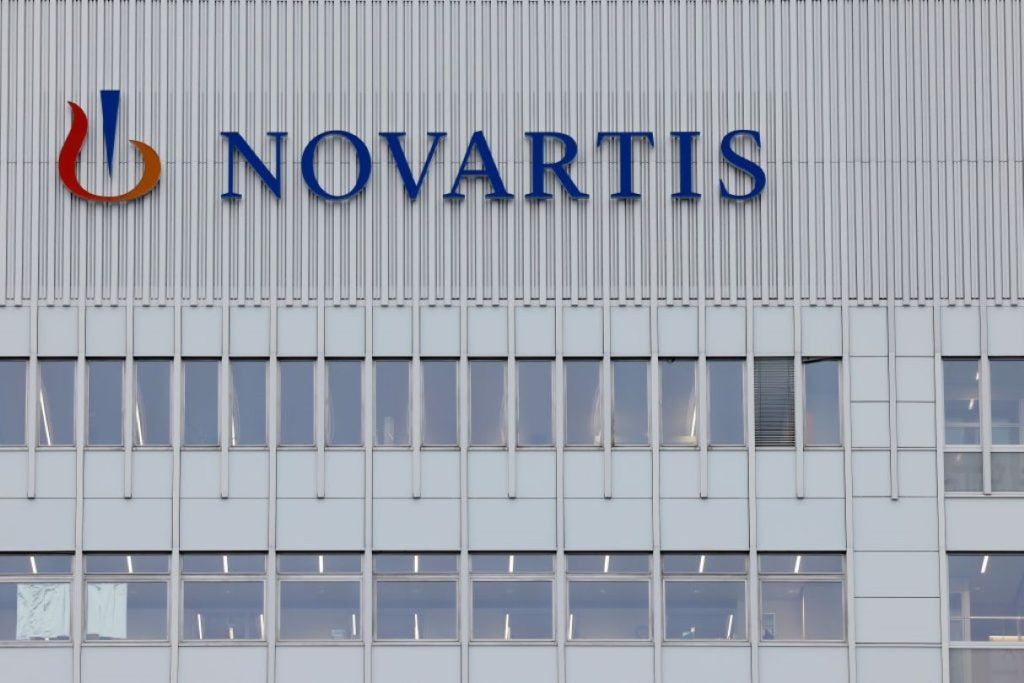
International reference pricing (IRP) has been used extensively by policymakers around the world to regulate pharmaceutical prices. In the current era of patient access schemes, managed-entry agreements, and risk sharing, scholars and other commentators have rightly drawn attention to the increasingly opaque nature of the prices which are actually referenced under the policy framework. In this context, it has been debated whether IRP will ultimately sow the seeds of its own demise: At what point will payers decide that opacity in the prices being referenced renders the tool meaningless?
Against this backdrop, we recently undertook an analysis examining IRP policy changes around the world in order to ascertain whether there is any evidence that payers are relying less frequently on IRP. To complete the research, we drew upon a set of 44 countries in which we performed in-depth qualitative interviews during late 2014 as part of the last update to our International Reference Pricing Guidebook multi-client study. We also expanded that list to include 14 additional countries as part of our most recent 2017 update to the study.
Current debates surrounding the utility of IRP notwithstanding, the results show that IRP remains alive and well. We observed a total of 12 discrete policy changes between the fourth quarter of 2014 and the beginning of 2017 across eight of the countries having introduced IRP before the third quarter of 2014 (16%). Of these eight, six belong to the 22 countries (75%) making one or more such changes from time of IRP introduction through the third quarter of 2014. One country was found to have implemented IRP since the end of 2014, namely Azerbaijan, and in early 2017, three countries were known to be transitioning towards IRP, namely Bosnia and Herzegovina, Kazakhstan and Ukraine. The most frequent changes involved modifications to the composition of the reference basket (71%) and frequency with which referencing is performed (43%)

Changes to reference basket composition do not appear motivated by availability of net prices (see Table 2). Bulgaria, in addition to reducing the size of its primary reference basket, went in the opposite direction and changed its law to reference list, and no longer net, ex-manufacturer prices, a reflection of the difficulty of finding the latter given confidential discounting in most countries. In a November 2016 decree, Portugal exchanged Slovakia with relatively higher-priced Italy in its reference basket.

How well do you really know your competitors?
Access the most comprehensive Company Profiles on the market, powered by GlobalData. Save hours of research. Gain competitive edge.

Thank you!
Your download email will arrive shortly
Not ready to buy yet? Download a free sample
We are confident about the unique quality of our Company Profiles. However, we want you to make the most beneficial decision for your business, so we offer a free sample that you can download by submitting the below form
By GlobalDataWhile completing primary research for our most recent update to our International Reference Pricing Guidebook, we have identified additional types of modifications to IRP frameworks recently implemented. These include changes in the Latin American region where there have been moves to expand the scope of IRP, drawing in additional categories of medicines such as biosimilars (in Brazil) and drugs associated with a declaration of public interest (in Colombia). In some cases, policy changes have been issued in the form of communiques as opposed to formal amendments to existing regulations, contributing to a sense of unpredictability for industry. These changes are often taking place amid discussion of broader-level reforms that will likely see implementation in the formal regulations in the near term.
Despite recent debates over the end of IRP, this policy framework continues to represent a popular tool for regulation of drug prices, and there is currently no evidence of its declining influence – quite the opposite. Policymakers continue to adapt regulations to cope with some of the challenges engendered by this very policy framework, including exchange or expansion of reference countries. These findings suggest that policymakers may respond to increasingly opaque prices (i.e. growing use of discounting and rebating) by modifying baskets to include countries where prices – in list form – are known to be accessible and lower relative to current benchmarks. These changes may increasingly be accompanied by additional modifications designed to reinforce the degree of cost containment, such as changes to the underlying IRP formula (e.g. taking the lowest price in the basket as a benchmark) or implementation of more frequent re-referencing post-launch.
IRP may be dead, but long live IRP, indeed.
Learn more about our new multi-client study, the International Reference Pricing Guidebook, 2017 Edition.






Related Company Profiles
Horizon
Arrowhead Pharmaceuticals Inc
Horizon Therapeutics LLC